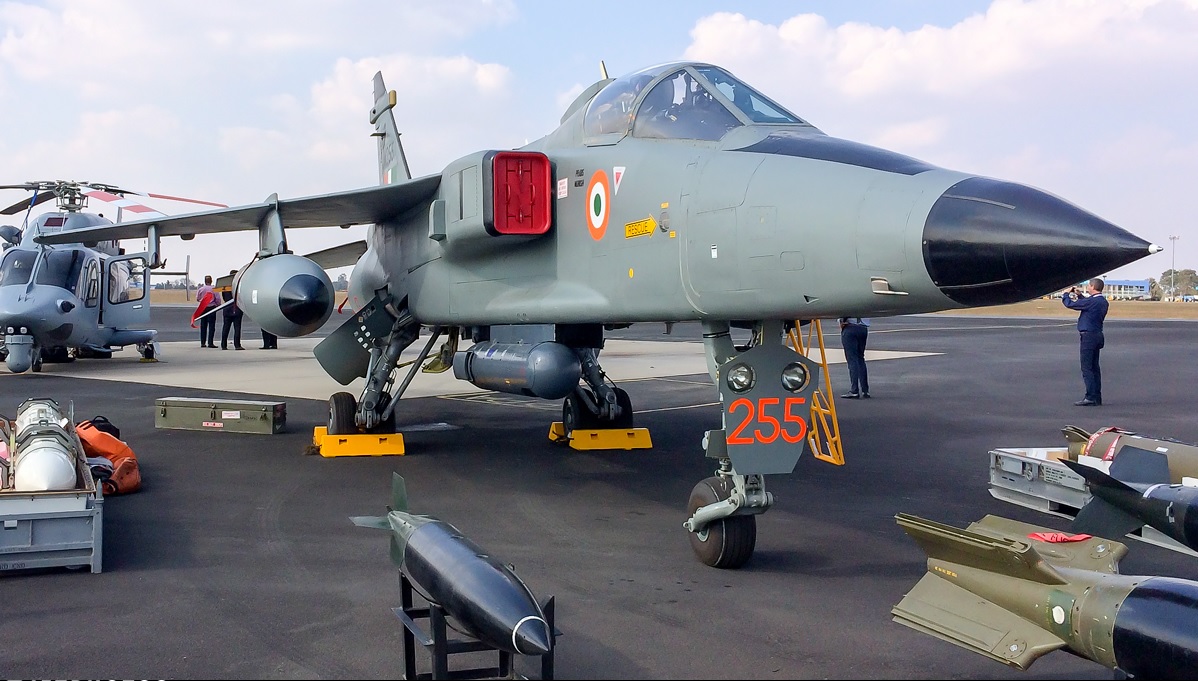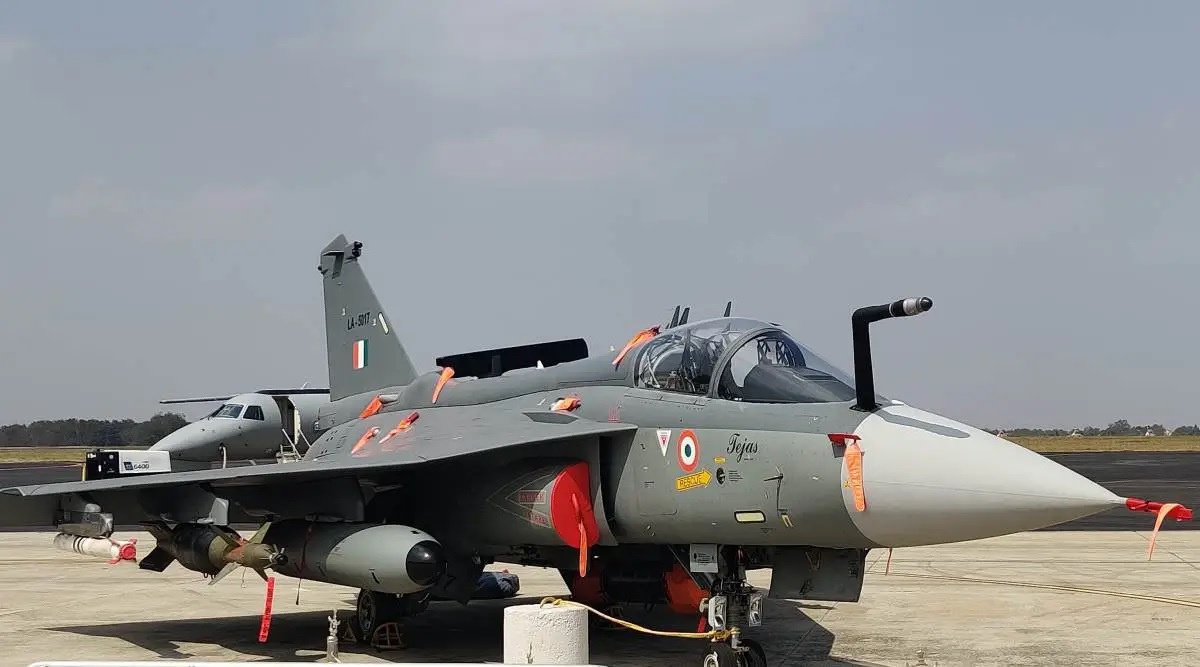IAF to Retire 60 Jaguar Aircraft by 2031 as Fleet Modernization Focuses on DARIN-III Upgrades with AESA Radar and ASRAAM

The Indian Air Force (IAF) is set to undergo a major shift in its combat fleet, starting with the phased retirement of around 60 Jaguar aircraft equipped with the DARIN-II avionics suite by 2031. These aircraft, which have been in service since the late 1970s, are part of a modernization effort aimed at enhancing the IAF’s operational readiness and combat effectiveness.
The Jaguars, known for their role as deep-penetration strike aircraft, were first introduced into the IAF following a $1 billion deal signed in 1978 with SEPECAT, an Anglo-French consortium. Under this agreement, India procured 160 Jaguar aircraft, with the first 40 delivered in a flyaway condition. The remaining jets were assembled and produced domestically under license, with continuous upgrades and modifications applied over the years.
The fleet's phased retirement, expected to begin in 2028, will target older batches of Jaguars that have been operating for over four decades. These aircraft have formed a critical backbone of the IAF’s strike capabilities, with their role highlighted in multiple operations, including during the Kargil conflict. The IAF remains the sole global operator of the Jaguar aircraft, which are currently deployed across six squadrons located in Ambala, Jamnagar, and Gorakhpur. Each squadron consists of approximately 20 aircraft, showcasing the enduring importance of these jets to India’s air defense strategy.
The retirement of these older Jaguars comes as the IAF shifts its focus towards upgrading the remaining fleet to the more advanced DARIN-III standard. This upgrade package, aimed at keeping the aircraft relevant well into the 2030s, includes the integration of modern avionics and combat systems. The key enhancement in the DARIN-III upgrade is the installation of the EL/M-2052 radar from Israel’s Elta Systems. This radar features an Active Electronically Scanned Array (AESA), a technology that greatly improves the aircraft’s targeting precision, situational awareness, and survivability in complex combat environments.
In addition to the AESA radar, the upgraded Jaguars are being fitted with the Advanced Short Range Air-to-Air Missile (ASRAAM), which significantly bolsters the aircraft’s close-combat capabilities. The ASRAAM, known for its high agility and advanced seeker technology, provides a substantial boost in dogfighting scenarios, complementing the Jaguars' traditional role as strike platforms.
The modernization program currently covers around 60 aircraft—half of the existing Jaguar fleet—that are being upgraded to the DARIN-III configuration. These upgraded jets are expected to remain operational until 2035-36, providing the IAF with a potent deep-strike platform until more advanced multirole fighters and indigenous platforms take their place.
This strategic balance of phasing out older aircraft while enhancing the capabilities of the remaining fleet reflects the IAF’s broader vision of transitioning to a more modern and versatile force. The DARIN-III Jaguars will continue to play a critical role in maintaining India’s strike capabilities even as the service evolves towards incorporating more fifth-generation and indigenous fighter platforms.
In summary, while the retirement of 60 Jaguars marks the end of an era for these iconic aircraft, the IAF’s decision to upgrade the remaining fleet ensures that their legacy continues, albeit in a more advanced and capable form.


